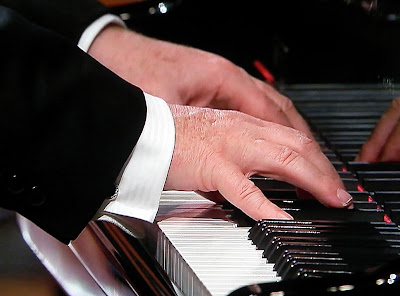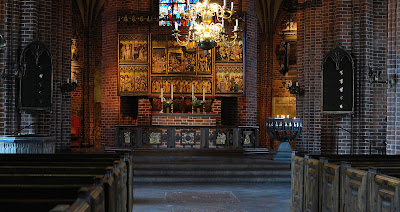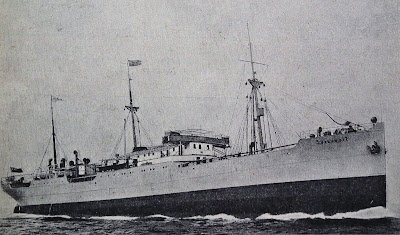 |
| Hubert von Goisern - a great musician and entertainer. |
If somebody would have mentioned the name Hubert von Goisern a couple of years ago, I would not have had the slightest idea who he was talking about. But, mainly thanks to the Austrian Servus television channel, I have been introduced to one of the truly great world musicians and entertainers.
Last night, in honour of von Goisern's 60th birthday (who would believ that!), Servus broadcast a concert with the king of Alpenrock and his outstanding band of musicians. It was raining cats and dogs in Spielberg, where the concert was recorded, but that did not stop the large audience - and the band - from enjoying the evening together. They played a mix of new and old favorites, like "Schleiniger", "Lawaramoi (Steirer) & Schleiniger",
"Brenna Tuats Guat", "Koa Hiatamadl", and of course their great hit "Heast as mit".
Let's hope Hubert will be entertaining us for many, many years to come!
 |
| Both the audience and the musicians were happy in spite of the rainy weather at Spielberg. |
 |
| The band turned into a male song quartet in the final number of the concert. |





















































